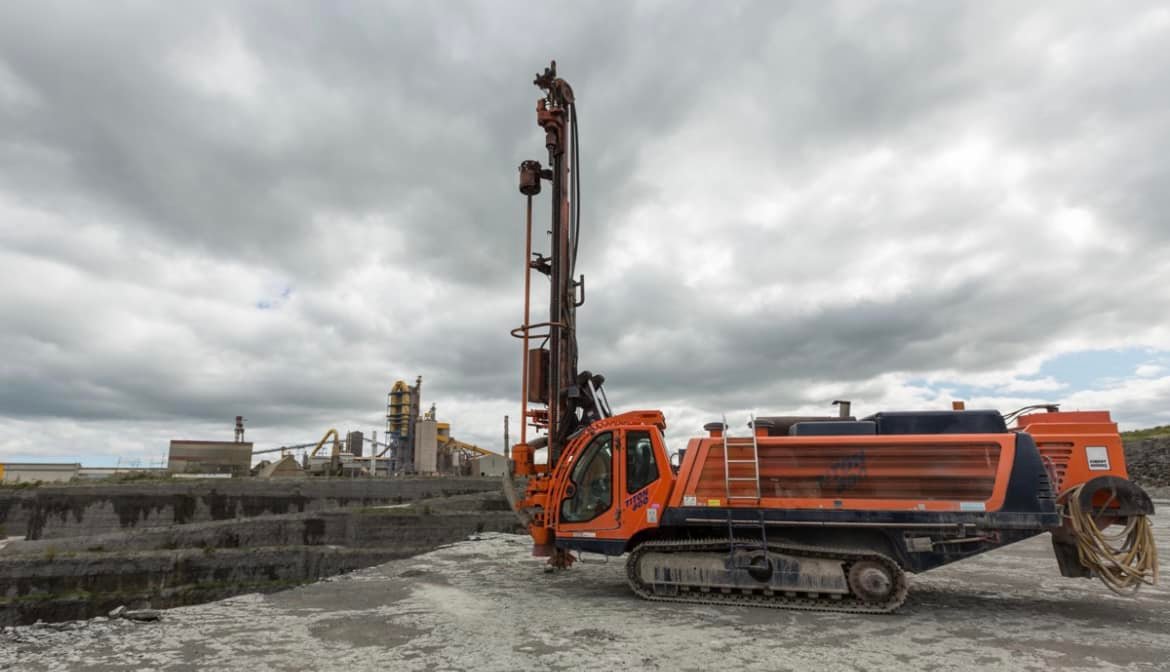Overcoming the Corrosion Resistance Problem of Acid Fracturing Hose, the Industry Welcomes a New Daw
2025-06-20 15:04:56
Acid fracturing technology plays a vital role in the oil and gas industry. By pumping acid or other chemicals downhole, it can effectively increase the permeability of the reservoir and increase oil and gas production. The acid fracturing hose is one of the key equipment for the implementation of this technology, connecting the ground equipment with the underground well bottom to form an important channel. However, under complex geological conditions, the application of this hose faces many challenges. These technical challenges and countermeasures will be discussed in detail below.
Challenges under complex geological conditions
1. Complexity of geological structure
Complex geological structure is a major challenge in acid fracturing operations. The unevenness of the formation, the existence of faults, and the different hardness and porosity of the rock may pose severe challenges to the laying and pressure bearing capacity of the hose. These factors cause the hose to face different risks of wear and breakage when moving underground, and may affect the service life and sealing performance of the hose.
2. Extreme temperature and pressure
In the deep underground working environment, the acid fracturing hose may face extreme temperature and pressure conditions. Ultra-high pressure usually causes the hose to expand and deform, while extreme temperature (such as high temperature close to the rock formation or low temperature in deep wells) may affect the physical and chemical properties of the hose material, causing its structure to become fragile and increase the risk of leakage.
3. Chemical corrosion
Since acidizing operations require the use of a large amount of acidic chemical reagents, this places extremely stringent requirements on the corrosion resistance of the hose. Long-term acidic medium operation can easily cause chemical degradation of the hose material, resulting in a decrease in material strength. Especially under complex geological conditions, the risk of such chemical corrosion is doubled, and the equipment may fail due to the penetration of the acidic environment.
Technical response strategy
1. Select high-performance materials
For the challenges under complex geological conditions, the first strategy is to select suitable hose materials. These materials need to show excellent performance in high temperature resistance, high pressure resistance, and chemical corrosion resistance. For example, choose a hose material coated with polytetrafluoroethylene (PTFE) and add a stainless steel lining inside the hose to enhance strength and corrosion resistance.
2. Accurate well engineering design
In areas with complex geological structures, accurate well engineering design is particularly important. Using advanced geological modeling technology and planning the laying trajectory of the hose in detail can effectively reduce the mechanical stress on the hose when bending and turning, and ensure its structural integrity. In addition, appropriately increasing the outer layer protection of the hose so that it can be smoothly laid in the wellbore also virtually extends the service life of the hose.
3. Automatic monitoring and control system
Introducing an automatic monitoring and control system is also one of the effective strategies for dealing with complex conditions. By real-time monitoring of downhole temperature, pressure and chemical composition, potential problems can be discovered in a timely manner. In particular, through this monitoring system, not only can possible faults be predicted, but also process parameters can be quickly adjusted when abnormal conditions occur, such as adjusting the pumping speed, acid concentration, etc., to avoid the hose being exposed to extreme environments for too long.
4. Regular maintenance and overhaul
In order to ensure the stable operation of acid fracturing hoses under complex conditions, regular maintenance and overhaul work is essential. According to the geological characteristics of the well area, a detailed hose maintenance manual is formulated, covering daily overhaul steps and periodic inspections. Through non-destructive testing technology, minor defects on the surface or structure of the hose can be discovered and handled in time to avoid fault escalation.
5. Innovative chemical protective coatings
The research and development and application of innovative chemical protective coatings can also effectively enhance the acid resistance of the hose. Adding a layer of chemical protective coating to the surface of the hose can not only delay the erosion of acidic substances, but also reduce the rate of chemical reactions, thereby better protecting the overall performance of the hose. In practical applications, this coating has been used in some advanced acid fracturing hoses and has achieved remarkable results.
The application of acid fracturing hoses under complex geological conditions faces many technical challenges, as well as great development potential and technical space. By deeply studying geological conditions, adopting high-performance material design, and cooperating with precise construction and operation strategies, these problems can not only be overcome, but also play a key role in improving oil and gas recovery. In the future, through continuous innovation and optimization, the durability and safety of this type of hose will be greatly improved, further promoting the widespread application of acid fracturing technology.